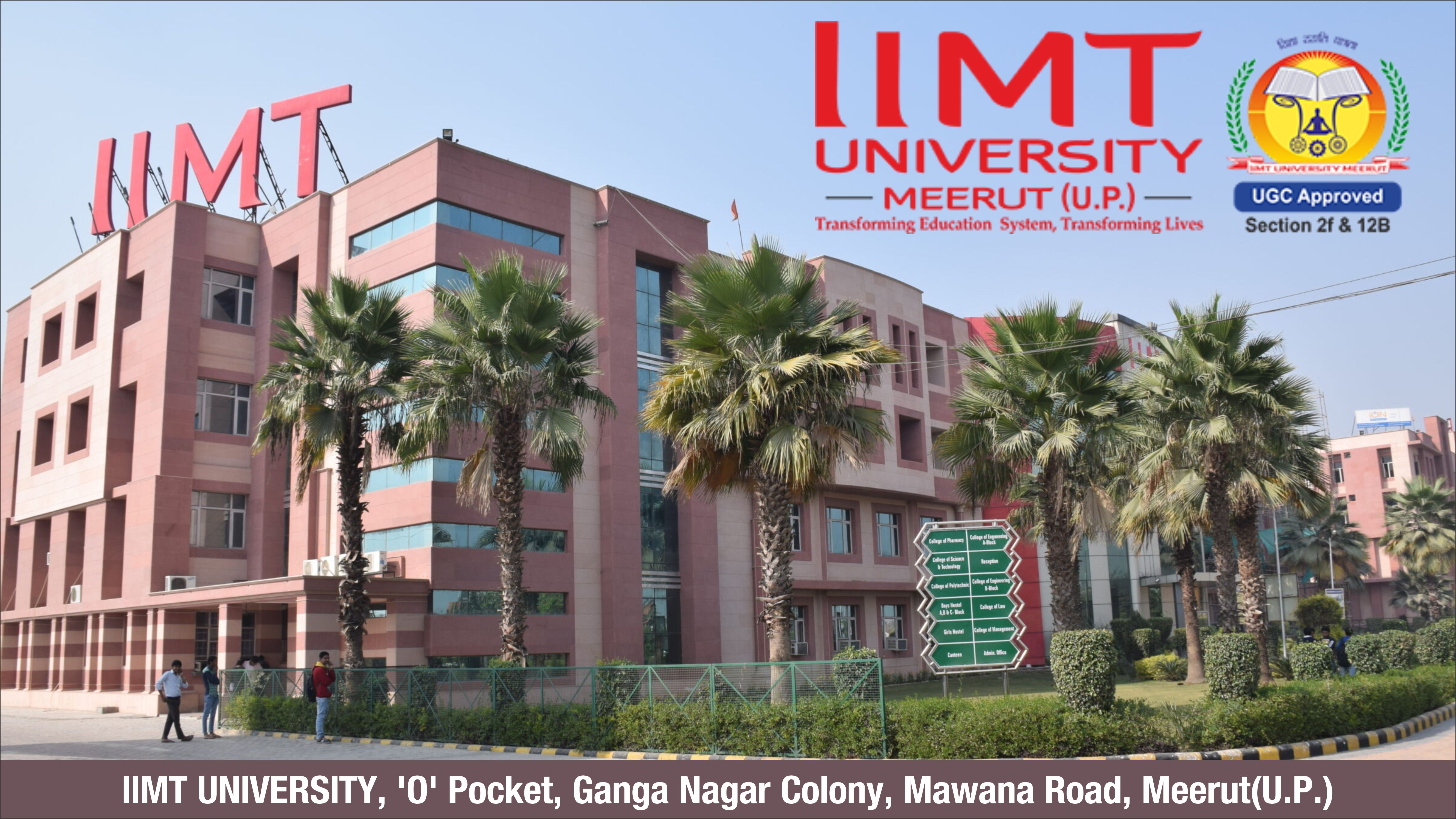UNIT 4 - Marketing Channels and Strategies
1. Marketing Channels
Marketing channels are essential pathways through which products and services flow from producers to consumers. They encompass various intermediaries, including retailers, wholesalers, and distributors, that facilitate this movement.
Retailing:
Retailing involves selling products directly to consumers. Retailers can be physical stores, online platforms, or a combination of both. They play a crucial role in providing customers with access to products and services, often enhancing customer experience through personalized service and convenience.
Wholesaling:
Wholesalers act as intermediaries between manufacturers and retailers. They purchase large quantities of goods from producers and sell them in smaller quantities to retailers or other businesses. This process helps manufacturers achieve economies of scale and allows retailers to stock a variety of products without needing to purchase directly from multiple manufacturers.
Warehousing:
Warehousing refers to the storage of goods in a systematic manner until they are needed for distribution. Effective warehousing strategies help businesses manage inventory levels, reduce costs, and ensure timely delivery of products to retailers or customers.
Physical Distribution:
Physical distribution encompasses all activities required to move products from the point of production to the point of consumption. This includes transportation, inventory management, order fulfilment, and logistics planning. Efficient physical distribution is critical for maintaining product availability and customer satisfaction.
2. Supply Chain Management (SCM)
Supply Chain Management (SCM) is the coordination of all activities involved in sourcing, procurement, conversion, and logistics management. It aims to optimize the flow of materials, information, and capital across the supply chain to enhance efficiency and value creation.
Key Components of SCM:
- Planning: Involves forecasting demand and aligning supply with that demand to avoid excess inventory or shortages.
- Sourcing: Identifying suppliers for raw materials and negotiating contracts.
- Manufacturing: Managing the production process to convert raw materials into finished goods efficiently.
- Delivery: Coordinating logistics to ensure timely distribution of products to customers.
- Returns Management: Handling defective or excess products through reverse logistics.
SCM integrates supply and demand management within and across companies, focusing on collaboration with suppliers, intermediaries, and customers to enhance overall supply chain performance.
3. Customer Relationship Marketing (CRM)
Customer Relationship Marketing (CRM) focuses on building long-term relationships with customers through personalized communication and services. CRM strategies aim to enhance customer satisfaction and loyalty by understanding customer needs and preferences.
Key Elements of CRM:
- Data Management: Collecting and analysing customer data to tailor marketing efforts.
- Personalization: Customizing interactions based on individual customer profiles.
- Feedback Mechanisms: Implementing systems for gathering customer feedback to improve services.
- Loyalty Programs: Creating incentives for repeat purchases to foster loyalty.
Effective CRM can lead to increased customer retention rates, higher sales volumes, and improved brand reputation.
4. Promotion Mix
The promotion mix consists of various tools used by marketers to communicate with their target audience effectively. It includes:
- Personal Selling: Direct interaction between sales representatives and potential customers aimed at persuading them to make a purchase.
- Advertising: Paid promotion through various media channels (TV, radio, online) designed to reach a broad audience.
- Sales Promotion: Short-term incentives such as discounts or coupons aimed at boosting sales quickly.
- Publicity: Non-paid promotional efforts that enhance brand visibility through media coverage or public events.
Each element of the promotion mix plays a unique role in influencing consumer behaviour and driving sales.
Multiple Choice Questions (MCQs)
1. What is the primary role of retailing in marketing channels?
A) To store goods
B) To sell products directly to consumers
C) To manufacture products
D) To transport goods
Hint: Consider who the end customer is in the sales process.
2. Wholesalers primarily act as intermediaries between which two parties?
A) Manufacturers and consumers
B) Retailers and consumers
C) Manufacturers and retailers
D) Retailers and suppliers
Hint: Think about who buys in bulk and sells in smaller quantities.
[... Additional MCQs would follow the same pattern ...]
Important Questions
1. Explain the role of retailing in marketing channels.
Hint: Discuss direct sales to consumers and types of retail formats.
2. What are the key differences between wholesaling and retailing?
Hint: Focus on their target audiences and purchasing quantities.
[... Additional important questions would follow the same pattern ...]



